3
Periodontal epidemiology
Figure 3.1 (a) Definition of epidemiology (Last, 2001). (b) Definitions of epidemiological terms (Last, 2001).

Figure 3.2 (a) Types of periodontal epidemiology. (b) Descriptive, analytical and pragmatic studies. (c) Cross-sectional and longitudinal studies. (d) Case–control and case–cohort studies. (e) Clinical trial phases. (f) Types of trial.
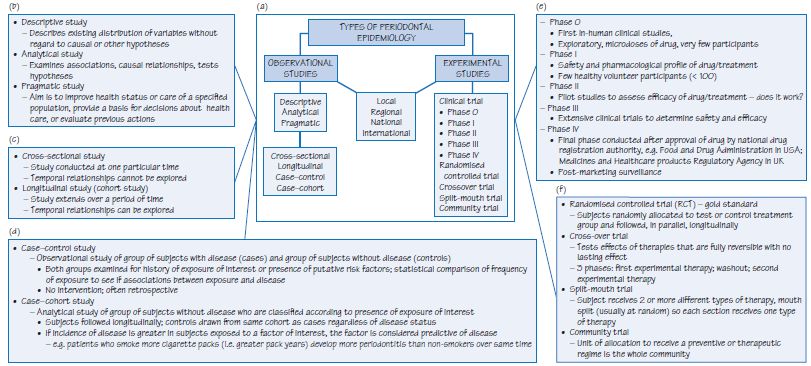
Figure 3.3 Common terms in epidemiology.
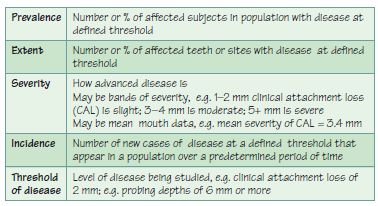
Figure 3.4 Attributes of a good periodontal index.
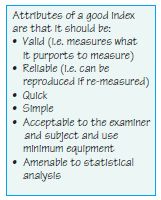
Figure 3.5 The Gingival Index (Löe & Silness, 1967).
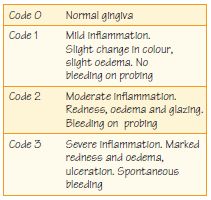
Figure 3.6 (a) Clinical attachment loss (CAL) and probing depth (PD). (b) CAL and recession.
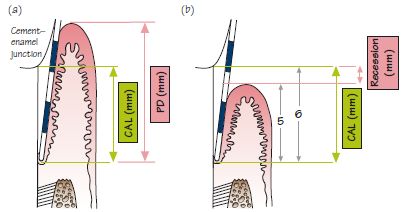
Figure 3.7 Factors influencing probing accuracy.
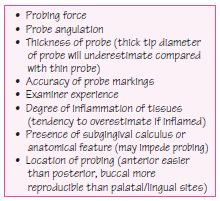
Figure 3.8 Community Periodontal Index of Treatment Needs (CPITN).

Figure 3.9 UK national survey (representing population) data, 1998, on the prevalence of: (a) pockets, and (b) clinical attachment loss (CAL).
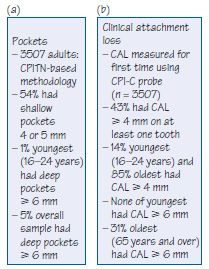
Figure 3.10 The prevalence of periodontitis based on: (a) US national survey (representing population) data, 1985–86, and (b) US National Health and Nutrition Examination Surveys (NHANES) data, 1988–94 and 1999–2004.
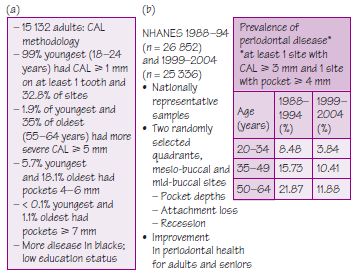
Epidemiology is the study of the distribution and determinants of health-related states or events in specified populations, and the application of this study to the control of health problems (Fig. 3.1).
Types of periodontal epidemiology
There are different ty/>
Stay updated, free dental videos. Join our Telegram channel

VIDEdental - Online dental courses


